No one seems to bat an eye anymore when I tell them we are homeschooling. Post-pandemic times are oddly refreshing! But every now and then, a curious parent asks more questions and then I have to walk myself back to the blurry beginnings and get swept away by an equal wave of fondness and relief.
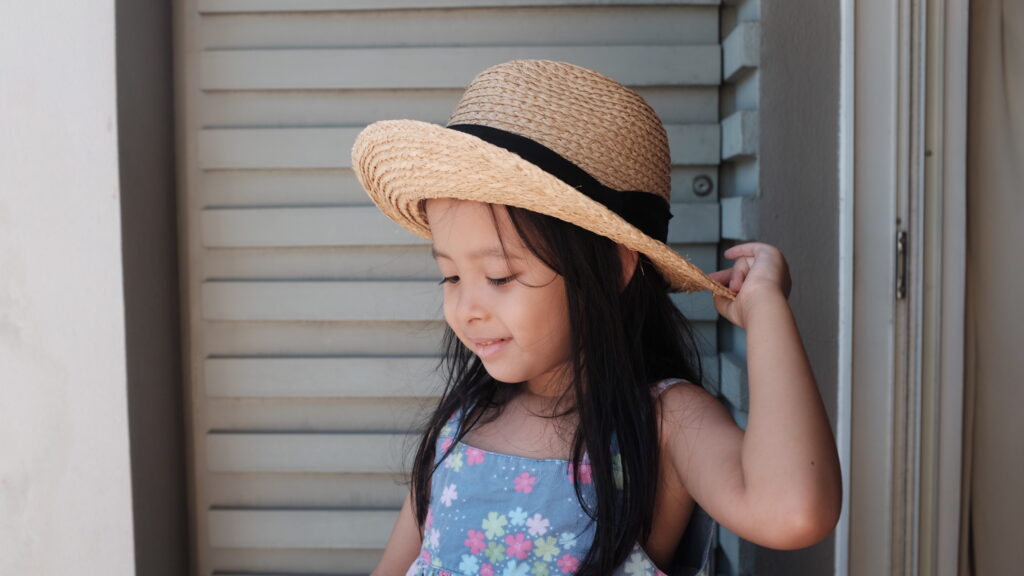
I started my kids on a Waldorf path. What I didn’t know then, in the beginning, was that I had to go on a Waldorf path. There’s one thing I know to be true of homeschooling: you simply will become it. However much I resonated with many of Waldorf’s philosophies and the quaintness of its culture, it was still overwhelming for a 30-something woman with a good sense of who she is… as an individual. But it’s not just me anymore.
I didn’t exactly care to look back at my childhood with a diagnostic lens but that’s what happened. In trying to shape a beautiful childhood for my little ones, I had to bend over backward to look at my own childhood. What worked? What gave me issues? What made me happy? What about it is still haunting me? What made me me? I wasn’t prepared for the amount of reflection and introspection that came with homeschooling.
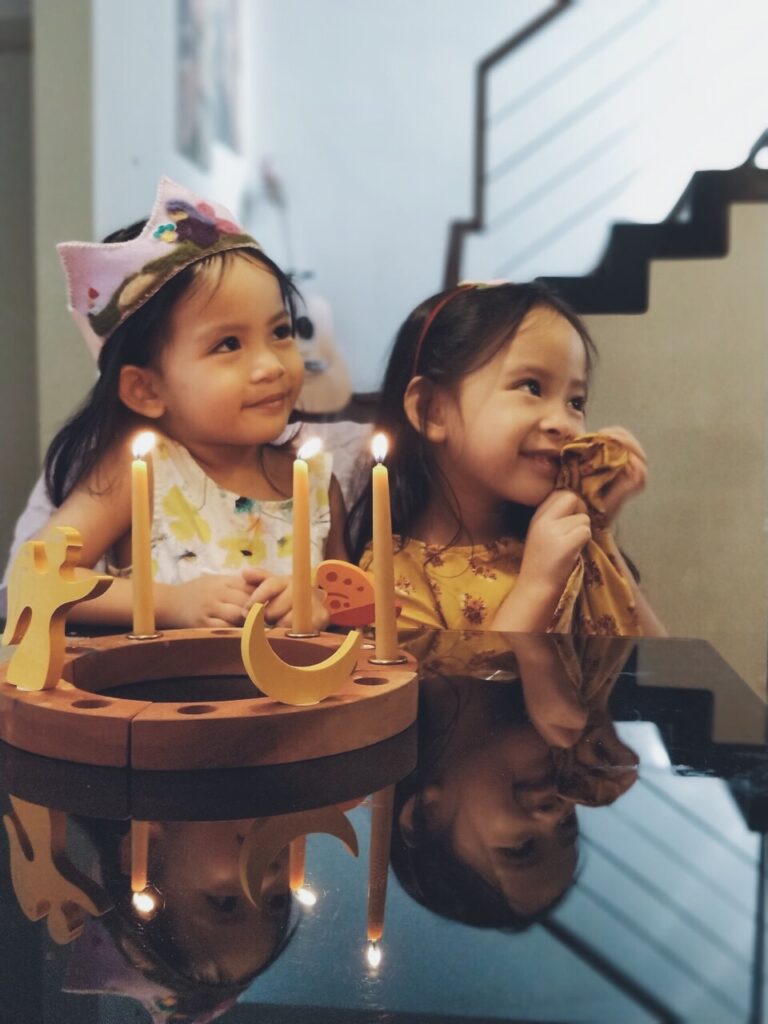
With Waldorf, you have to hold the space. This is highlighted in the book Simplicity Parenting by Kim John Payne. Your children will take after your energy, which requires you to be ever present in mind and body during the day. If you’re grumpy, then the day is just done. But making time for yourself and your needs is not only a gift to yourself, but also to your children.
Whether it’s scheduling quiet time, or waking up earlier to pray, journal, and have coffee alone, a personal daily habit that keeps you sane and centered is essential. You always set the tone. That is a lot of pressure to hear, especially for someone like me who lacked confidence in executing decisions for a family. But do it enough and you will get there.
Very, Very Easy Parenting Books
I had a lot of help from researching, Facebooking, and reading many, many books.
I liked very few of them.
These ones are foundational, yet easy and forgiving: Simplicity Parenting by Kim John Payne, You Are Your Child’s First Teacher by Rahima Baldwin Dancy, and Extraordinary Parenting by Eloise Rickman.
If you’re going the Waldorf way, I highly recommend Beyond the Rainbow Bridge by Barbara Patterson and Pamela Bradley for the basics of Waldorf childcare at home. There are a lot of Waldorf/Steiner/ anthroposophy books that you can start with, but this one is specifically for building a home rhythm and general mood. It takes years for anyone to wrap their mind around anthroposophy, and most of the time we simply find the lessons as we apply the method.
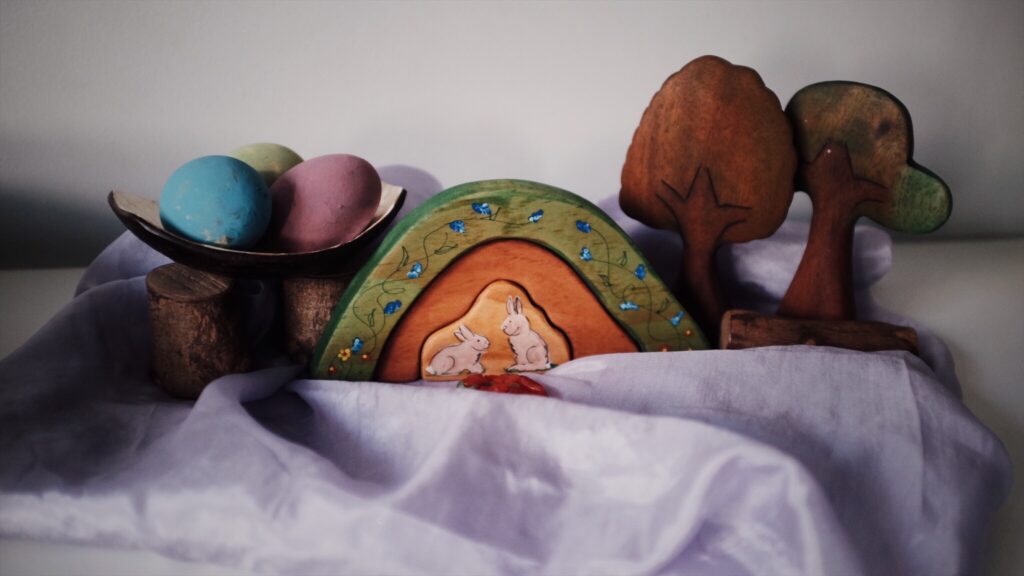
On the discipline front, I found so much wisdom from No Bad Kids by Janet Lansbury. This book is easy to follow. It challenges what we know about children’s behavior and the ways we correct them. If you have come upon the philosophies of respectful and gentle parenting, try to ignore the small graphical tidbits found on Instagram and just get the full context from a book like this.
Does Waldorf Have a Curriculum?
Yes! There are a lot out there.
For my firstborn’s pre-k, I went with Earthschooling. This was often a handful, but I was glad to learn how to establish rhythm and personal confidence in implementing something doable at home.
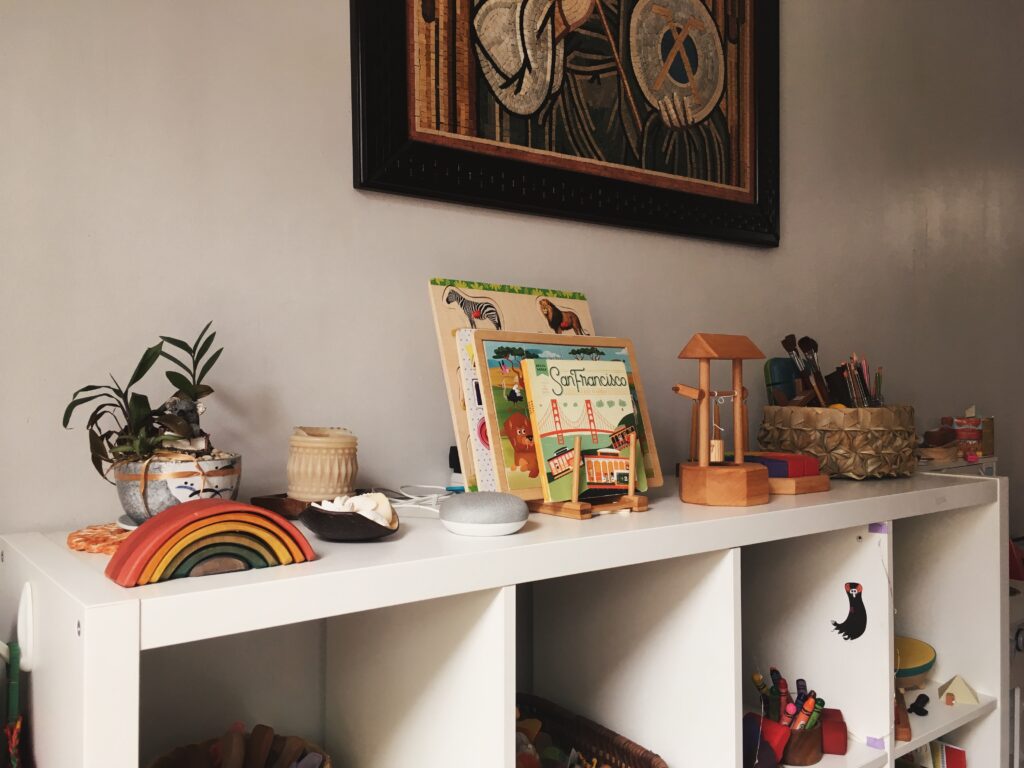
A year later, I was juggling kindergarten at home with a 4 and a 2 using Christopherus and Waldorf Essentials. Here is where Waldorf shines. You don’t have to ignore your home life in order to “educate” your children. You do what you need to take care of the family’s basic needs and cultivate an environment conducive not only to learning, but to the many sways of emotions that happen in each child’s and parent’s day. Warmth and comfort were the pillars of our home life, and it didn’t have to involve wool.
The Waldorf early childhood approach is one that I found to be forgiving and unhurried. Within the process of building our family, we also learned wet-on-wet painting and open-ended play. We ate meals together and this helped me develop healthier eating habits because I was modeling them. I eat more vegetables now.
I started to switch their toys to natural, wooden, and open-ended. I got a little bit snooty about the whole thing. This is a trap, though, and I always wish I was a wiser parent 5 years ago.
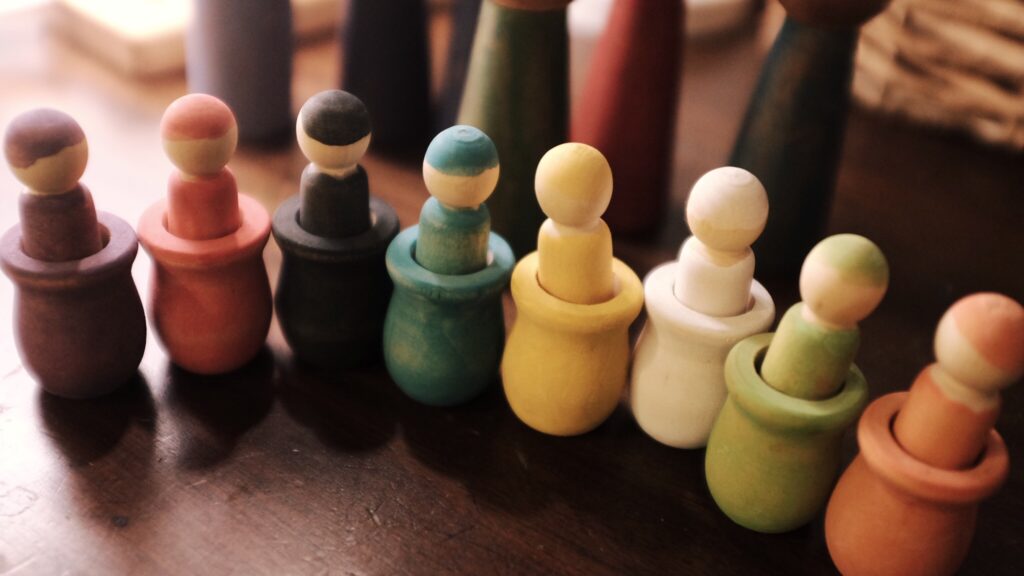
What about academics?
In Steiner schools, children spend 2 years in kindergarten before they move on to first grade. Reading is not taught in kindergarten, so I did no instruction aside from the most basic of phonics. Many parents get stressed out when their child is not reading at 4, and it was stressful for me, too. Everyone was on my back about my kids’ academic progress, especially that of numbers and reading.
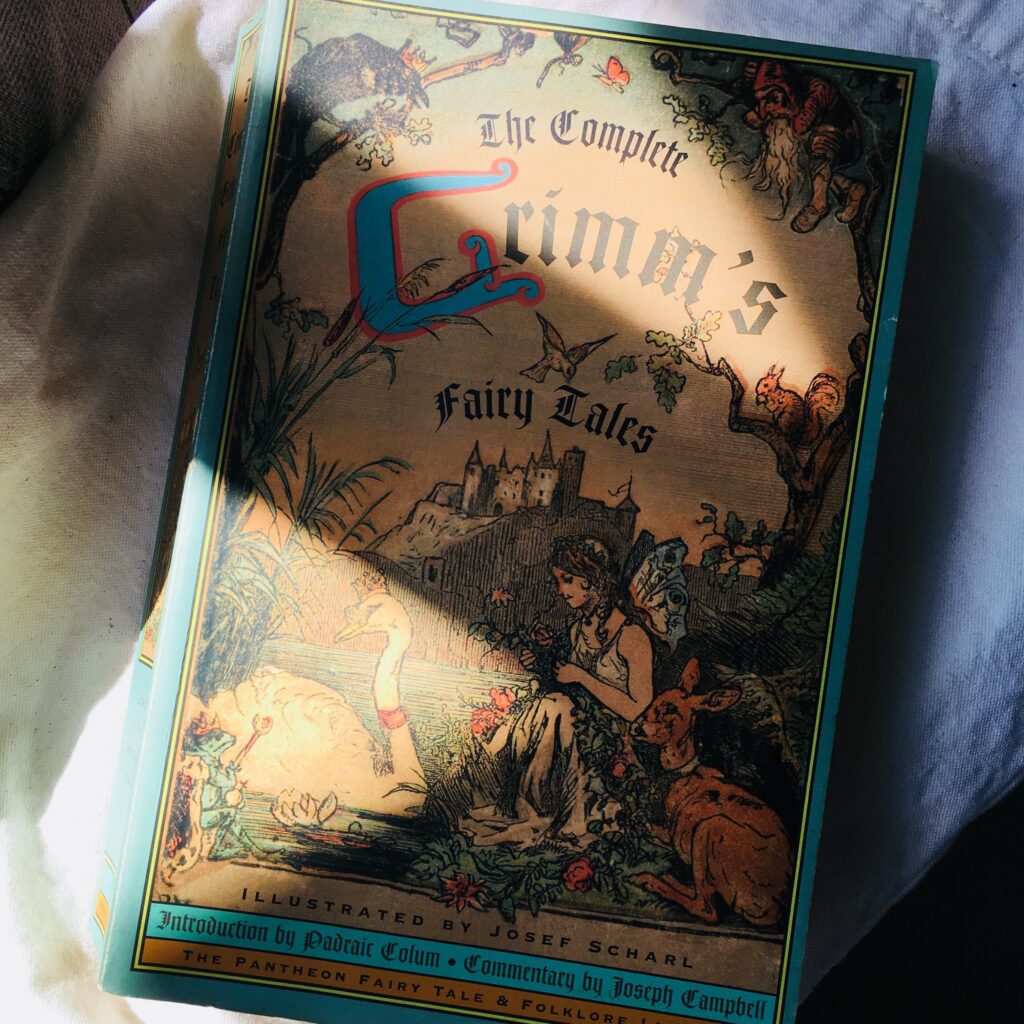
I chose to trust the Waldorf approach because we were going through a lot of fairy tales and we were all enjoying it.
You may have heard that Waldorf kids are “late readers” but I want to join the chorus that says the age by which you start reading has no bearing on one’s comprehension or intelligence.
My kids did not read until they were 6. I could tell you right now that the early years they spent not reading (but instead being read to) did not affect their ability to learn to read. I think I’ll talk about it more in another article as I don’t want to go off on a tangent.
When my firstborn moved up to first grade, she learned to read and write mostly on her own. I had her on Waldorf Essentials and though I loved the overall rhythm, I found myself wanting to change things up a bit. No, a lot.
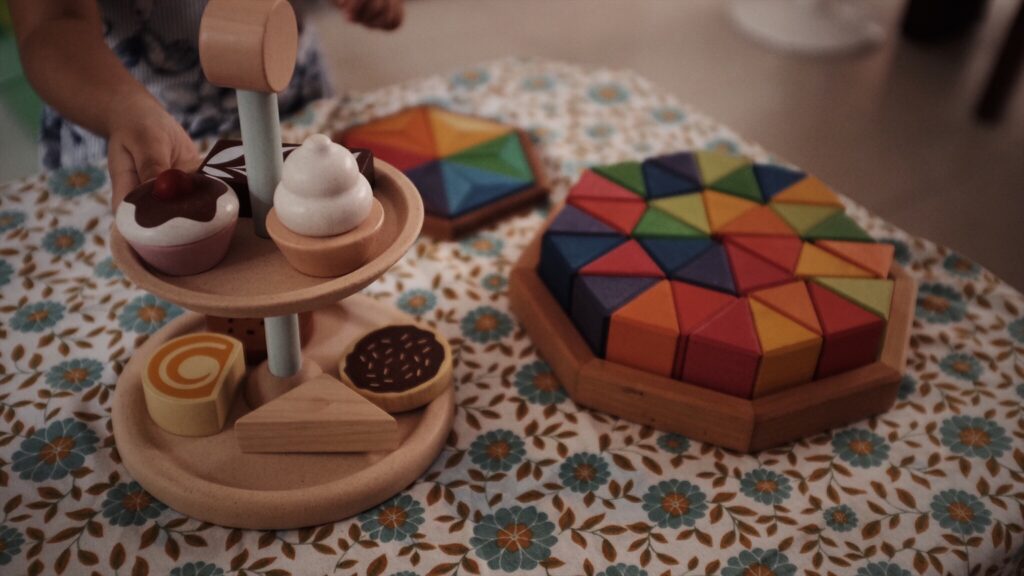
Even though my youngest child was only about to start kindergarten, I could see that both kids are primed for learning. I brought in more illustrated chapter books and a diverse selection of picture books. I strayed from the archetypes and focused on inclusive kid lit. I picked elements from pedagogies like Charlotte Mason and Montessori to see what works for our family. I know it sounds corny but it’s like waking up from a good dream and we’re now ready to face the days ahead.
The Waldorf way allowed us to listen to, respect, and tend to our needs. We followed the seasons and honored the rhythm not only of the earth but of ourselves, too. I feel like I upended an entire belief system that I had and established a new one with my kids. The first real gift of homeschooling was having built a strong, loving relationship with them. The rest is still a journey we’re on, and I’ll tell you about it as we go along.
